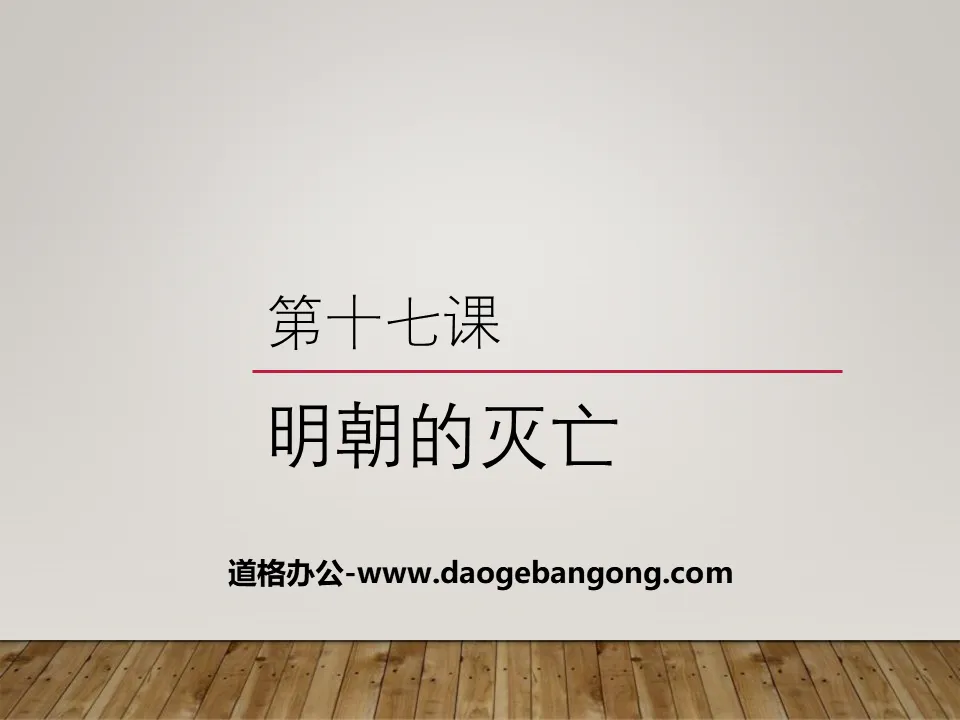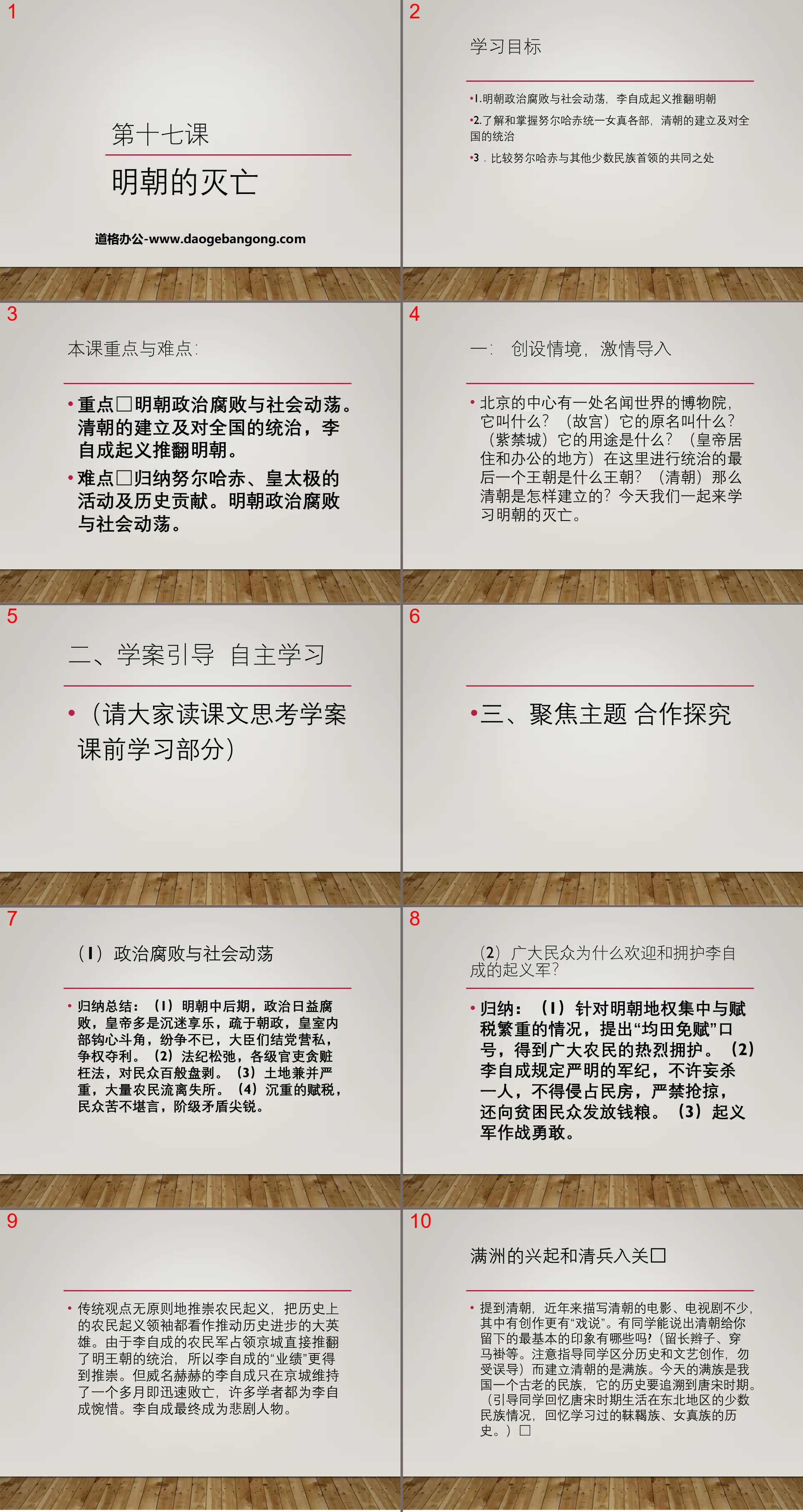The second volume of history for eighth grade compiled by the People's Education Publishing House
Zhonghua Book Company Edition Eighth Grade History Volume 2
People's Education Press Seventh Grade History Volume 1
People's Education Edition Eighth Grade History Volume 1
Zhonghua Book Company Edition Seventh Grade History Volume 2
Volume 1 of the seventh grade history compiled by the People's Education Publishing House
Yuelu Edition Seventh Grade History Volume 2
People's Education Edition History and Society 9th Grade Part II
People's Education Press History and Society Grade 7
People's Education Edition Eighth Grade History Volume 2
East China Normal University Edition Seventh Grade History Volume 1
People's Education Press Ninth Grade History Volume 2
People's Education Press History and Society Grade 9
People's Education Press Seventh Grade History Volume 2
People's Education Press History and Society for Grade 8 Volume 1
Yuelu Edition Seventh Grade History Volume 1

| Category | Format | Size |
|---|---|---|
| People's Education Press Seventh Grade History Volume 2 | pptx | 6 MB |
Description
"The Destruction of the Ming Dynasty" PPT
Part One: Learning Objectives
1. Political corruption and social unrest in the Ming Dynasty, Li Zicheng’s uprising overthrew the Ming Dynasty
2. Understand and master Nurhachi’s unification of Jurchen tribes, the establishment of the Qing Dynasty and his rule over the country.
3. Compare the similarities between Nurhachi and other ethnic minority leaders
Key points and difficulties of this lesson:
Focus: Political corruption and social unrest in the Ming Dynasty. After the establishment of the Qing Dynasty and its rule over the country, Li Zicheng rebelled and overthrew the Ming Dynasty.
The difficulty is to summarize the activities and historical contributions of Nurhaci and Huang Taiji. Political corruption and social unrest in the Ming Dynasty.
The Destruction of the Ming Dynasty PPT, Part 2: Classroom Learning
1: Create situations and introduce passion
There is a world-famous museum in the center of Beijing. What is it called? (Forbidden City) What is its original name? (Forbidden City) What is its purpose? (where the emperor lived and had his office) What was the last dynasty to rule here? (Qing Dynasty) So how was the Qing Dynasty established? Today we will learn about the demise of the Ming Dynasty.
2. Study case guidance and independent learning
(Please read the text and think about the pre-class study part of the study plan)
3. Focus on the theme and collaborate on exploration
(1) Political corruption and social unrest
Summary: (1) In the middle and late Ming Dynasty, politics became increasingly corrupt. Most of the emperors were addicted to pleasure and neglected government affairs. There were intrigues and disputes within the royal family. Ministers formed cliques for personal gain and fought for power and profit. (2) Laws and disciplines are lax, officials at all levels are corrupt, pervert the law, and exploit the people in every possible way. (3) Land annexation was serious and a large number of farmers were displaced. (4) Heavy taxes make the people miserable and class conflicts are acute.
(2) Why did the general public welcome and support Li Zicheng’s rebel army?
Summary: (1) In response to the situation of concentrated land rights and heavy taxes in the Ming Dynasty, the slogan "equal land and exempt from taxes" was put forward, which was enthusiastically supported by the majority of farmers. (2) Li Zicheng stipulated strict military disciplines. He was not allowed to kill anyone indiscriminately, was not allowed to occupy civilian houses, and was strictly prohibited from looting. He also distributed money and food to poor people. (3) The rebels fought bravely.
The rise of Manchuria and the entry of Qing troops
Speaking of the Qing Dynasty, there have been many movies and TV series depicting the Qing Dynasty in recent years, some of which are creations and even "jokes". Can any students tell you what are the most basic impressions left on you by the Qing Dynasty? (Long braids, wearing mandarin jackets, etc. Pay attention to guide students to distinguish between history and literary and artistic creation, so as not to be misled) It was the Manchus who established the Qing Dynasty. Today's Manchu is an ancient ethnic group in my country, and its history can be traced back to the Tang and Song Dynasties. (Guide students to recall the situation of ethnic minorities living in the Northeast during the Tang and Song Dynasties, and recall the history of the Xi ethnic group and Jurchen ethnic group they have studied.)
4. Compliance test and feedback correction (see homework in the study plan)
5. Summarize, sort out, integrate and improve
1. Do you have any questions?
2. Will Li Zicheng eventually become a tragic figure or a heroic figure?
Keywords: free download of history PPT courseware for the second volume of the seventh grade of the People's Education Press, PPT download of the demise of the Ming Dynasty, .PPT format;
For more information about the "The Destruction of the Ming Dynasty" PPT courseware, please click the "The Destruction of the Ming Dynasty" ppt tag.
"The Destruction of the Ming Dynasty" PPT download:
"The Destruction of the Ming Dynasty" PPT Download Part One: Learning Objectives 1. Understand the dark political rule in the last years of the Ming Dynasty. 2. Analyze the reasons for the outbreak of the peasant uprising in the late Ming Dynasty, and understand the basic process of King Li Chuang overthrowing the Ming Dynasty. 3. Grasp the development of Houjin and the basics of Qing troops entering the customs...
"The Destruction of the Ming Dynasty" PPT courseware:
"The Destruction of the Ming Dynasty" PPT courseware Part One: Political Corruption and Social Unrest 1. Political Corruption In the middle and late Ming Dynasty, although there was obvious social and economic development, politics became increasingly corrupt. Most emperors indulged in pleasure and neglected government affairs. Ru Ming Shenzong has been in power for 48 years, and there is...
File Info
Update Time: 2024-11-16
This template belongs to History courseware People's Education Press Seventh Grade History Volume 2 industry PPT template
"The Destruction of the Ming Dynasty" PPT Simple campus recruitment activity planning plan summary enterprise and institution recruitment publicity lecture PPT template is a general PPT template for business post competition provided by the manuscript PPT, simple campus recruitment activity planning plan summary enterprise and institution recruitment promotion Lecture PPT template, you can edit and modify the text and pictures in the source file by downloading the source file. If you want more exquisite business PPT templates, you can come to grid resource. Doug resource PPT, massive PPT template slide material download, we only make high-quality PPT templates!
Tips: If you open the template and feel that it is not suitable for all your needs, you can search for related content "The Destruction of the Ming Dynasty" PPT is enough.
How to use the Windows system template
Directly decompress the file and use it with office or wps
How to use the Mac system template
Directly decompress the file and use it Office or wps can be used
Related reading
For more detailed PPT-related tutorials and font tutorials, you can view: Click to see
How to create a high-quality technological sense PPT? 4 ways to share the bottom of the box
Notice
Do not download in WeChat, Zhihu, QQ, built-in browsers, please use mobile browsers to download! If you are a mobile phone user, please download it on your computer!
1. The manuscript PPT is only for study and reference, please delete it 24 hours after downloading.
2. If the resource involves your legitimate rights and interests, delete it immediately.
3. Contact information: service@daogebangong.com
"The Destruction of the Ming Dynasty" PPT, due to usage restrictions, it is only for personal study and reference use. For commercial use, please go to the relevant official website for authorization.
(Personal non-commercial use refers to the use of this font to complete the display of personal works, including but not limited to the design of personal papers, resumes, etc.)
Preview










